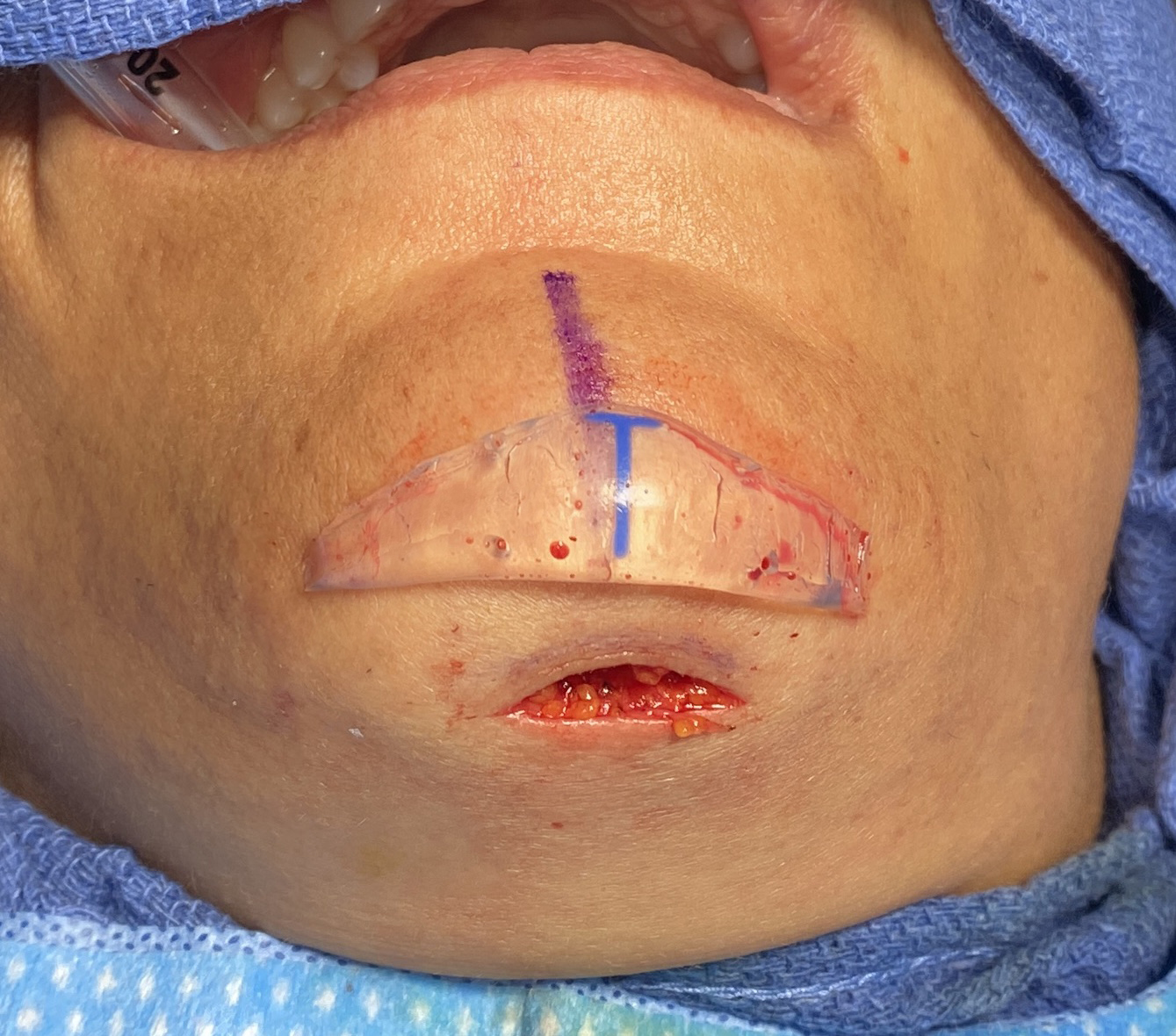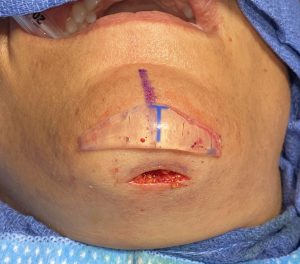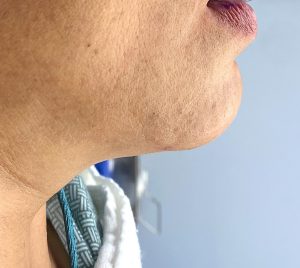Background: Despite the common use of chin implants as an aesthetic facial surgery, some of the important technical aspects of the procedure remain misunderstood or at least underappreciated. The most basic is that an implant may be perfectly placed but if it is the wrong implant style or size then its placement becomes irrelevant.
The most common error I see in chin implants in females is horizontal over correction (side view) and a widen chin postop. (front view) Horizontal over correction occurs because there continues to be an aesthetic misconception that the ideal chin projection for men and women are similar. They are not and undercorrection in females compared to men is always a good strategy. But regardless of aesthetic standards and any other measurements the best approach is preoperative imaging of the patient’s pictures to determine what exact amount of change looks good to them.
But assessing facial side views alone is not adequate as patients see themselves much more frequently in the frontal and oblique views. This is where the problem can occur in female chin augmentation. Most chin implants have extended style or wings as these always make the chin wider…a chin feature most women do not seek. They typically prefer a more narrow or tapered chin shape…a feature that few chin implants can actually create in their preformed shapes.

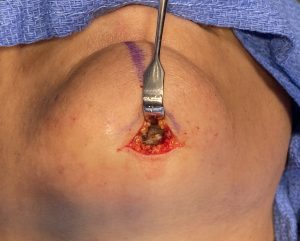
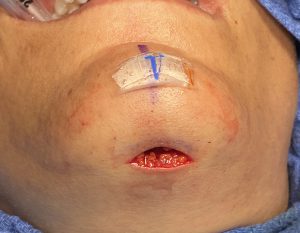
A single microscrew was driven through both implants to the bone to secure it. A multilayer closure was done with small resorbable sutures.

Key Points:
1) Chin implants in females should consider a preoperative combined frontal and side view imaging assessment.
2) In most females excessive width concerns from a chin implant are common postoperative concerns.
3) Many times even non-extended anatomic chin implants require modification to get the proper desired effect in females.
Dr. Barry Eppley
World-Renowned Plastic Surgeon

